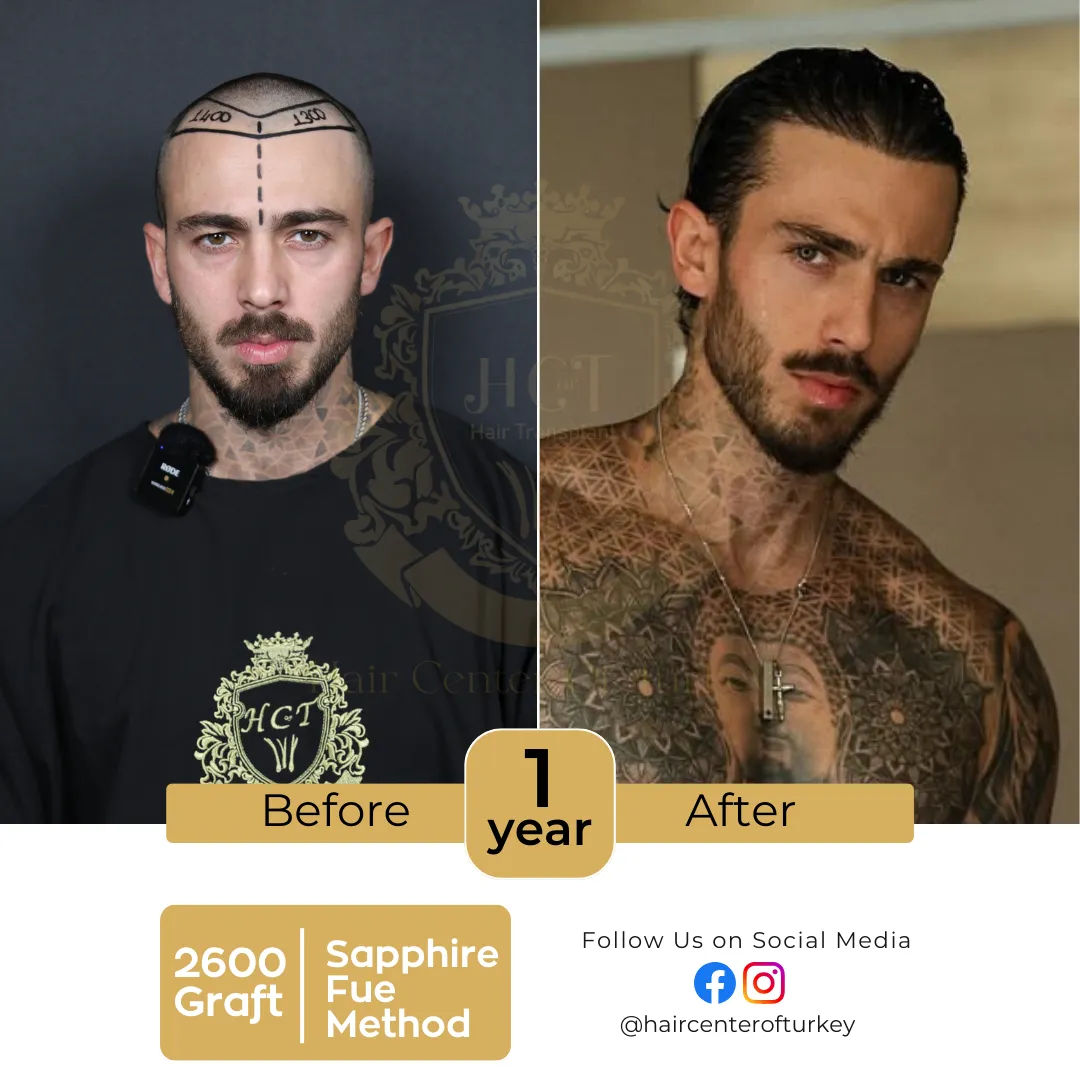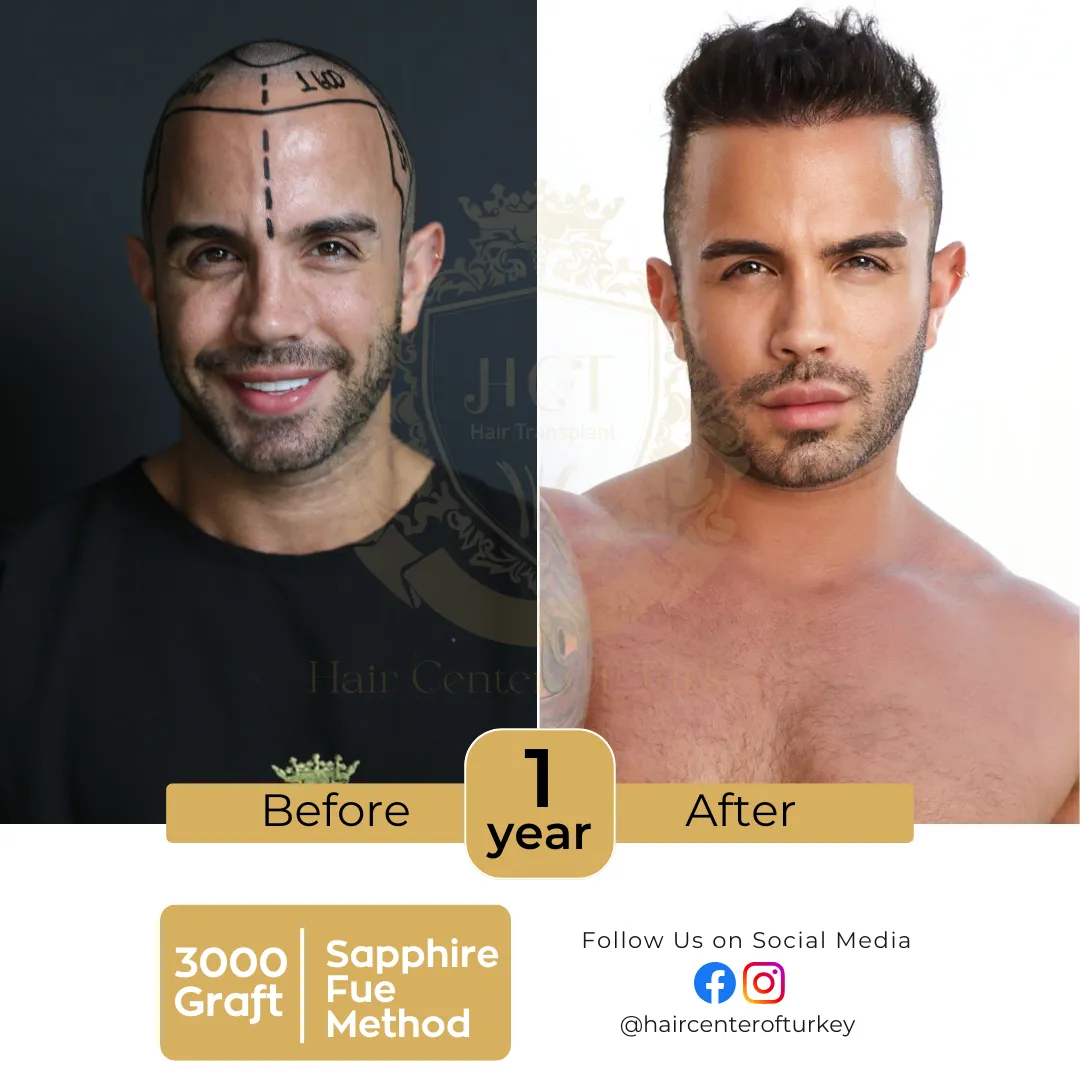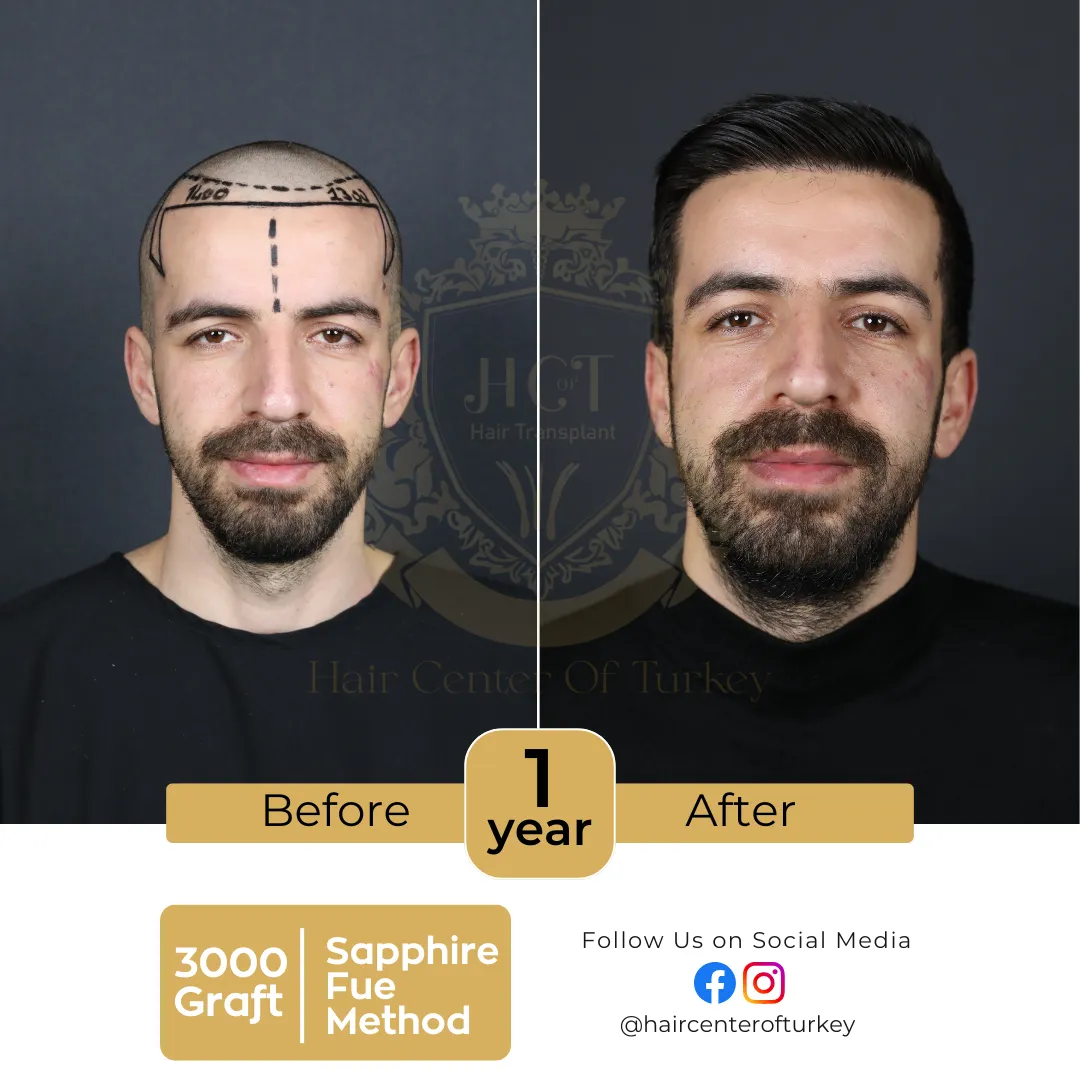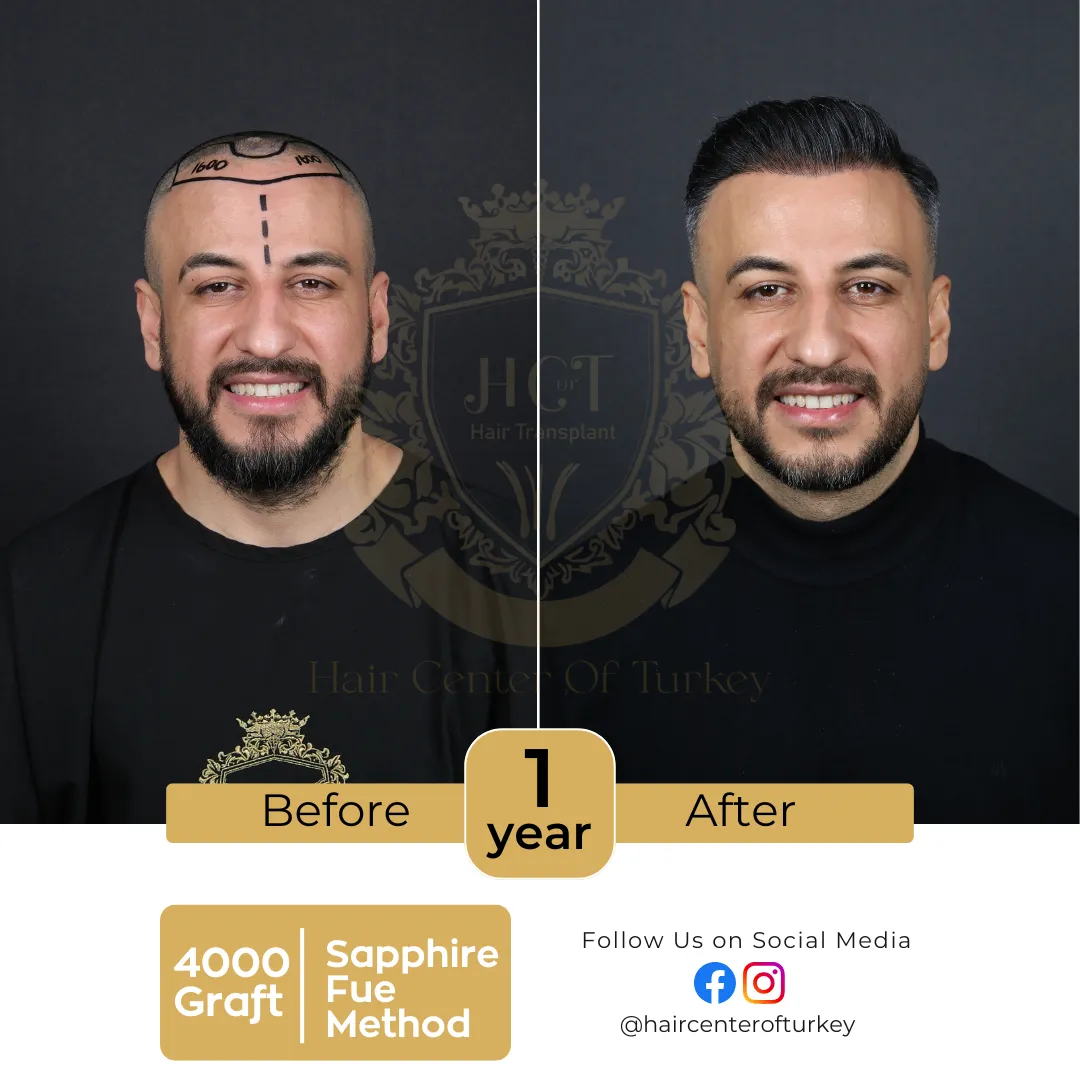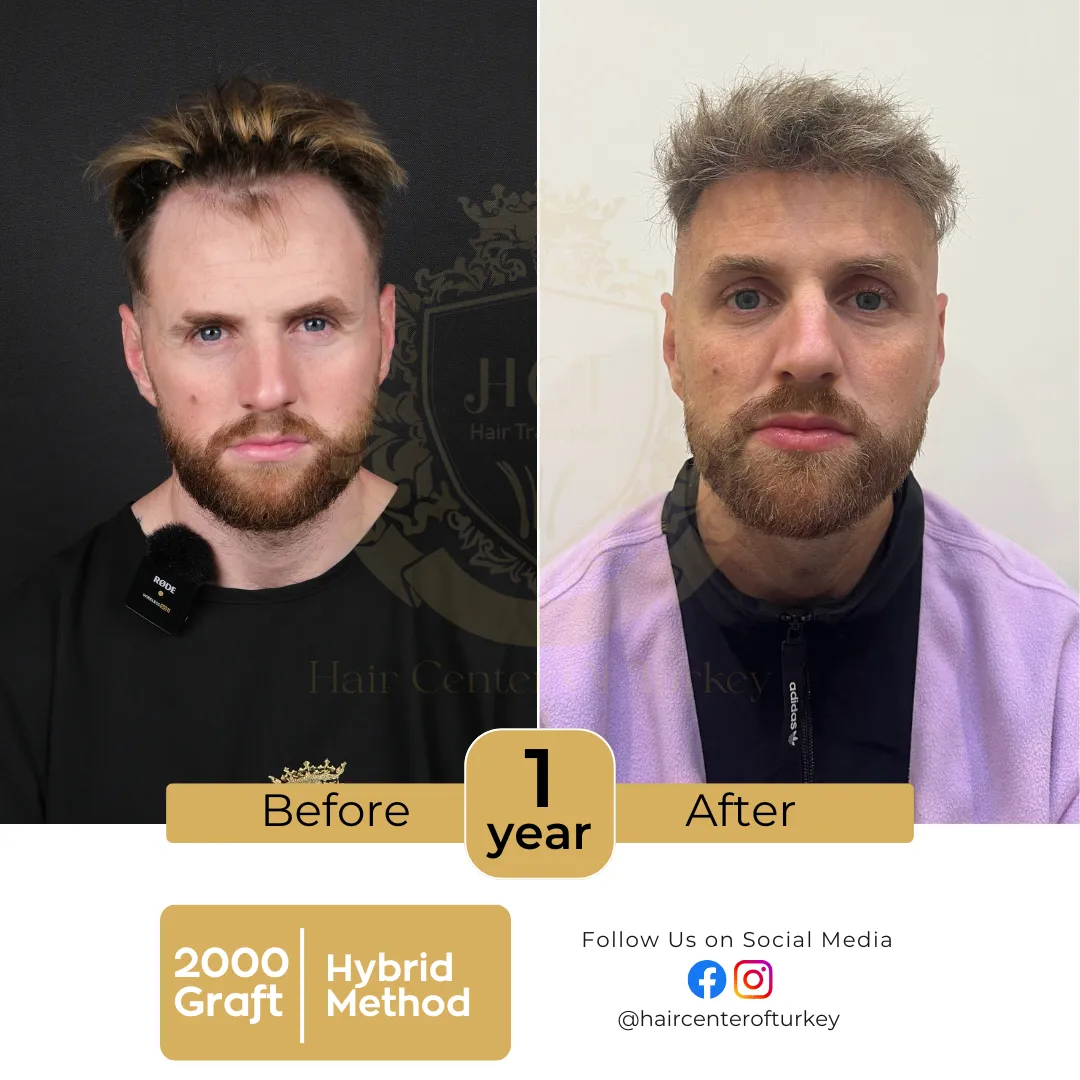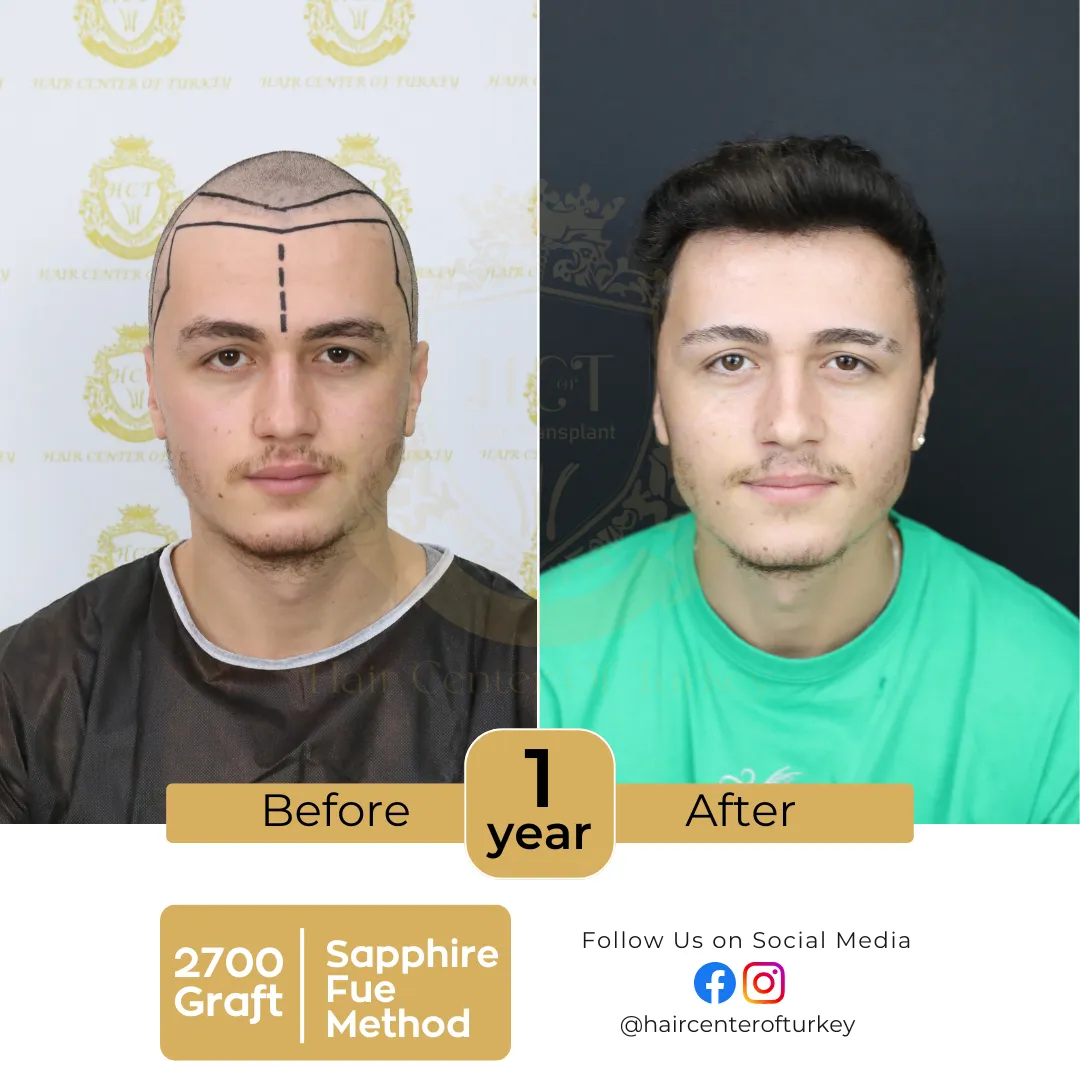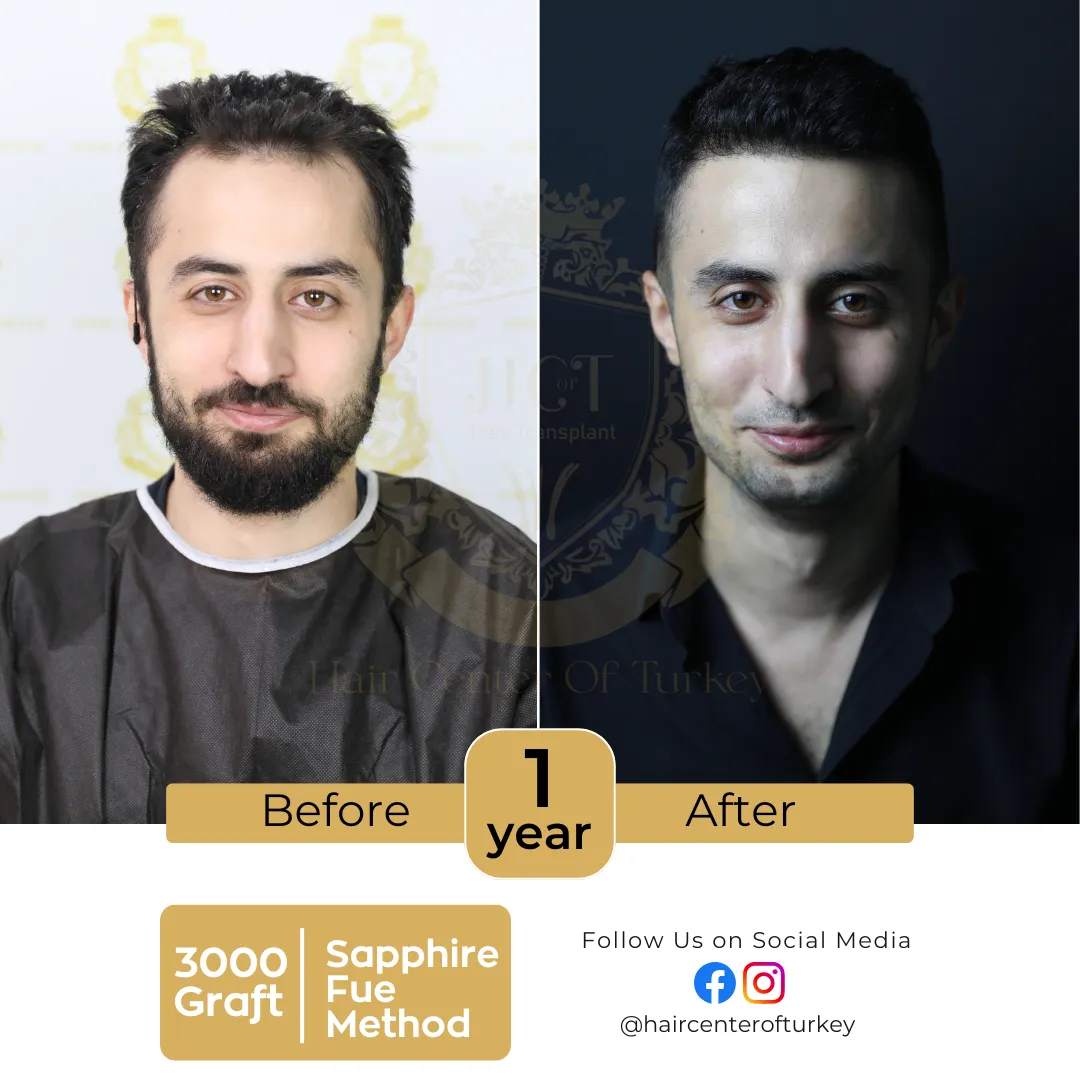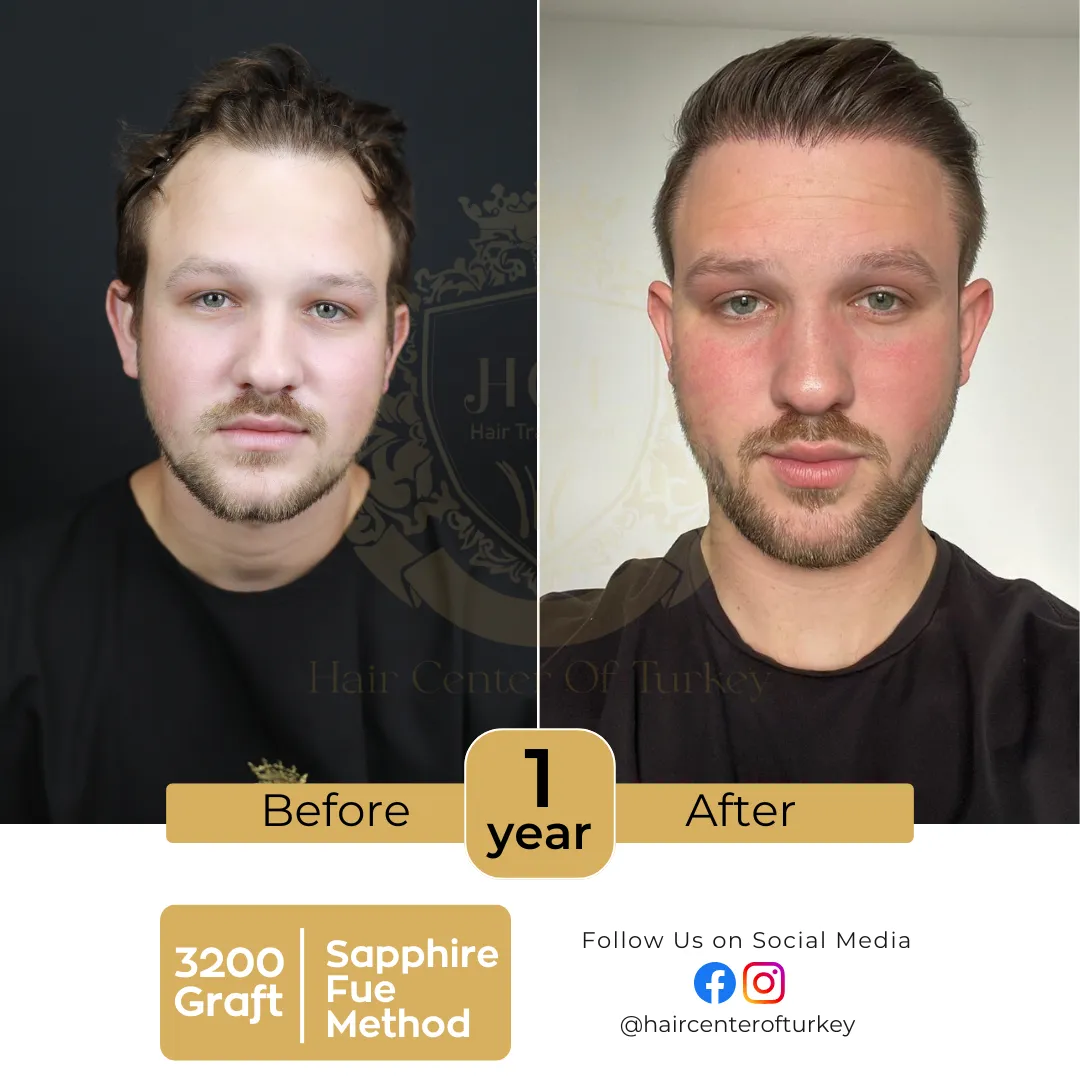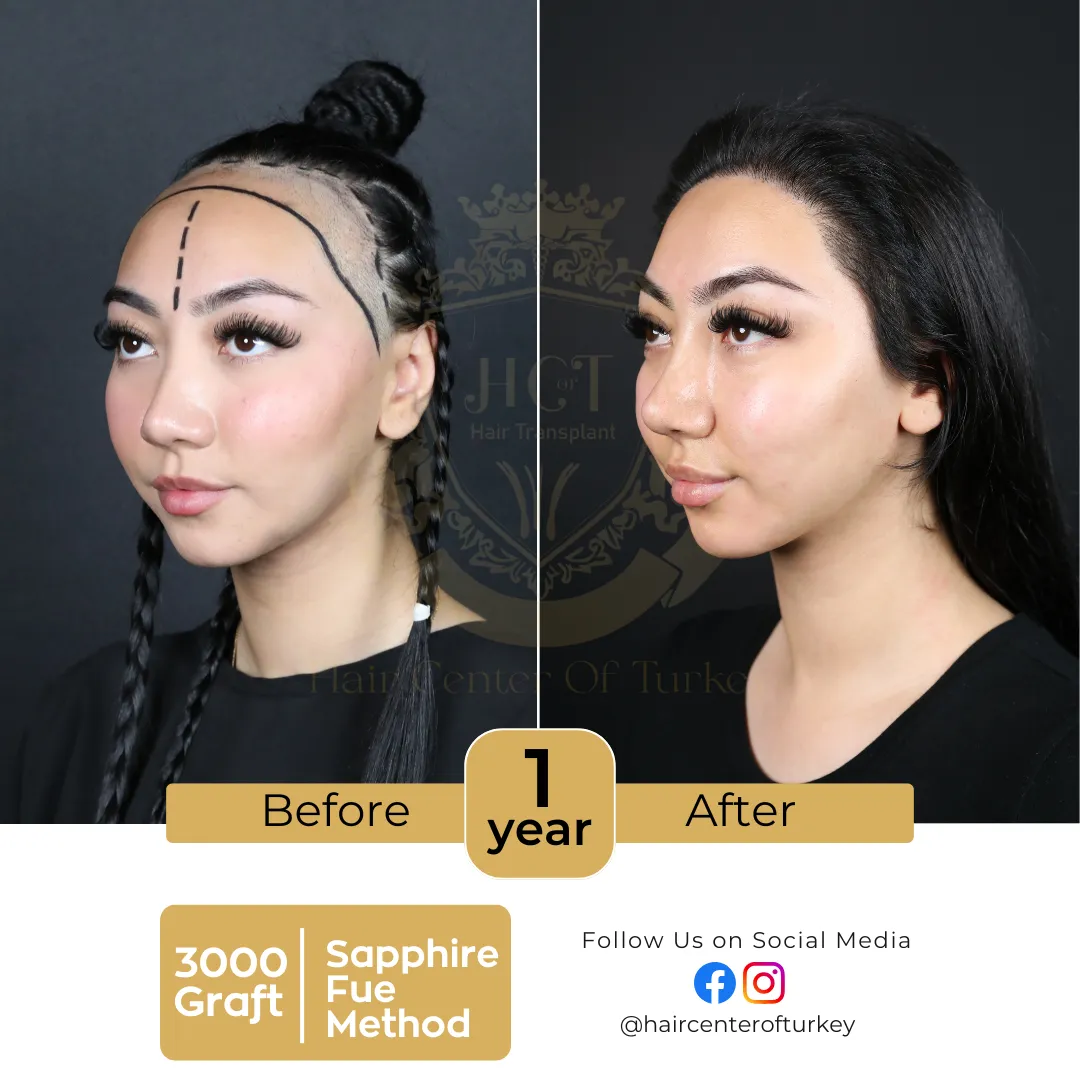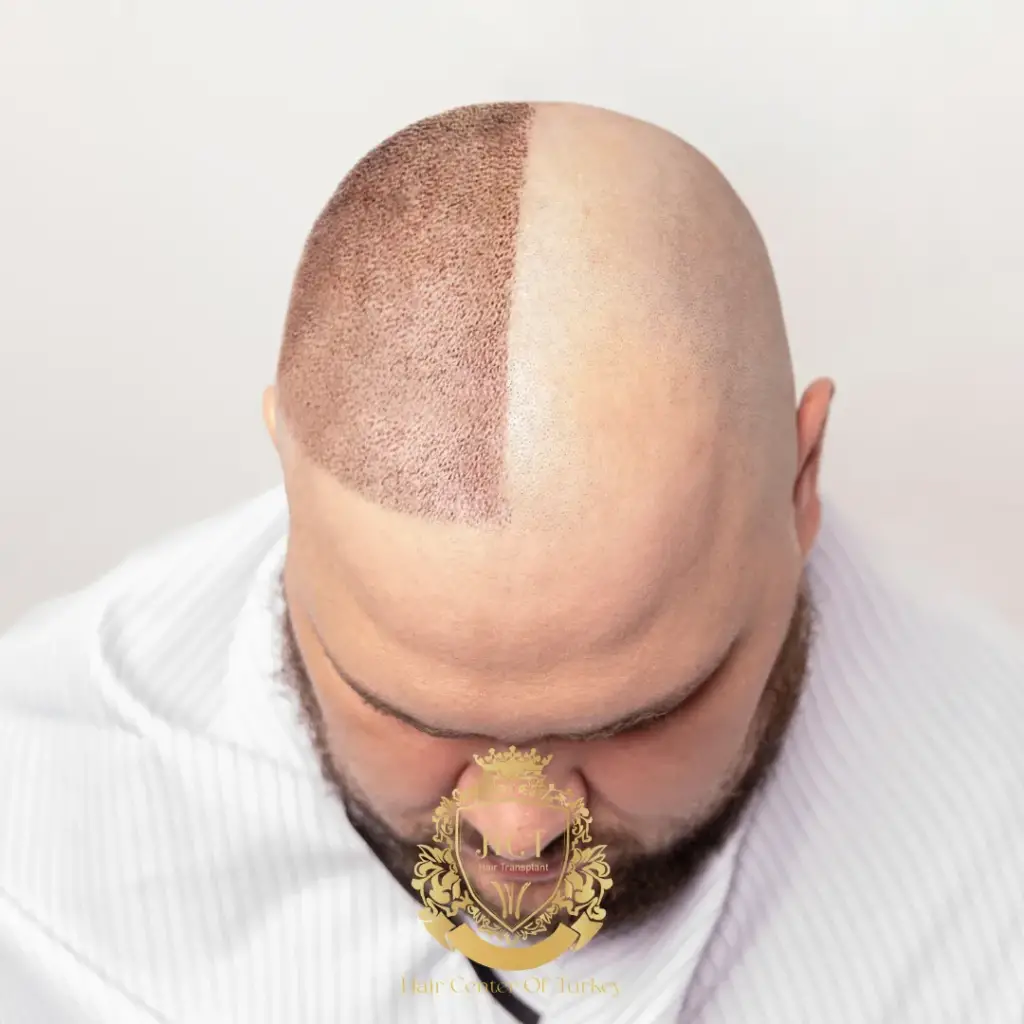Will My Insurance Cover the Cost of a Hair Transplant?
Hair transplants have become a highly sought-after solution for individuals experiencing hair loss. Procedures like FUE (Follicular Unit Extraction), DHI (Direct Hair Implantation), and FUT (Follicular Unit Transplantation) offer natural-looking and permanent results. However, one of the most common questions prospective patients ask is whether their health insurance will cover the cost. Let’s explore the details.

Are Hair Transplants Considered Cosmetic Procedures?
In most cases, hair transplants are classified as cosmetic procedures rather than medically necessary treatments. Since the primary goal is aesthetic enhancement rather than correcting a medical condition, insurance providers typically do not cover the cost.
When Might Insurance Cover Hair Restoration?
There are limited exceptions where insurance might partially cover hair restoration:
- Hair loss due to burns or severe trauma: Reconstructive surgery following an accident or injury may qualify as medically necessary.
- Scalp reconstruction after surgery or disease: Some procedures restoring hair after scalp surgery, cancer treatment, or autoimmune conditions might be covered.
Even in these cases, coverage is usually limited and requires detailed documentation and approval from the insurance provider.
Are You Having Hair Loss Problems?
Contact Us! Permanent Solution to Hair Loss!
Contact Us! Permanent Solution to Hair Loss!
Are You Having Hair Loss Problem?
Contact Us! Permanent Solution to Hair Loss!
Contact Us! Permanent Solution to Hair Loss!
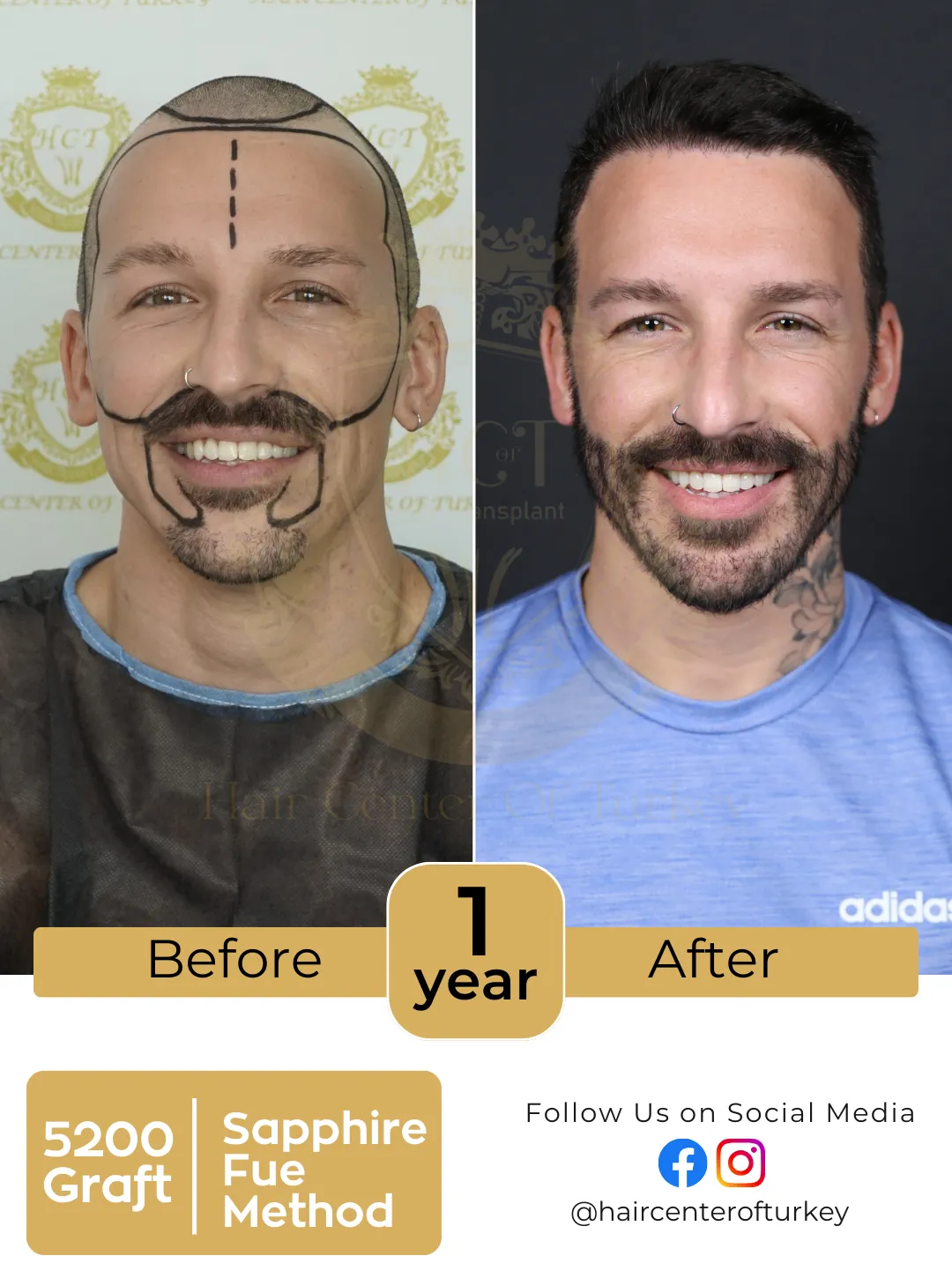
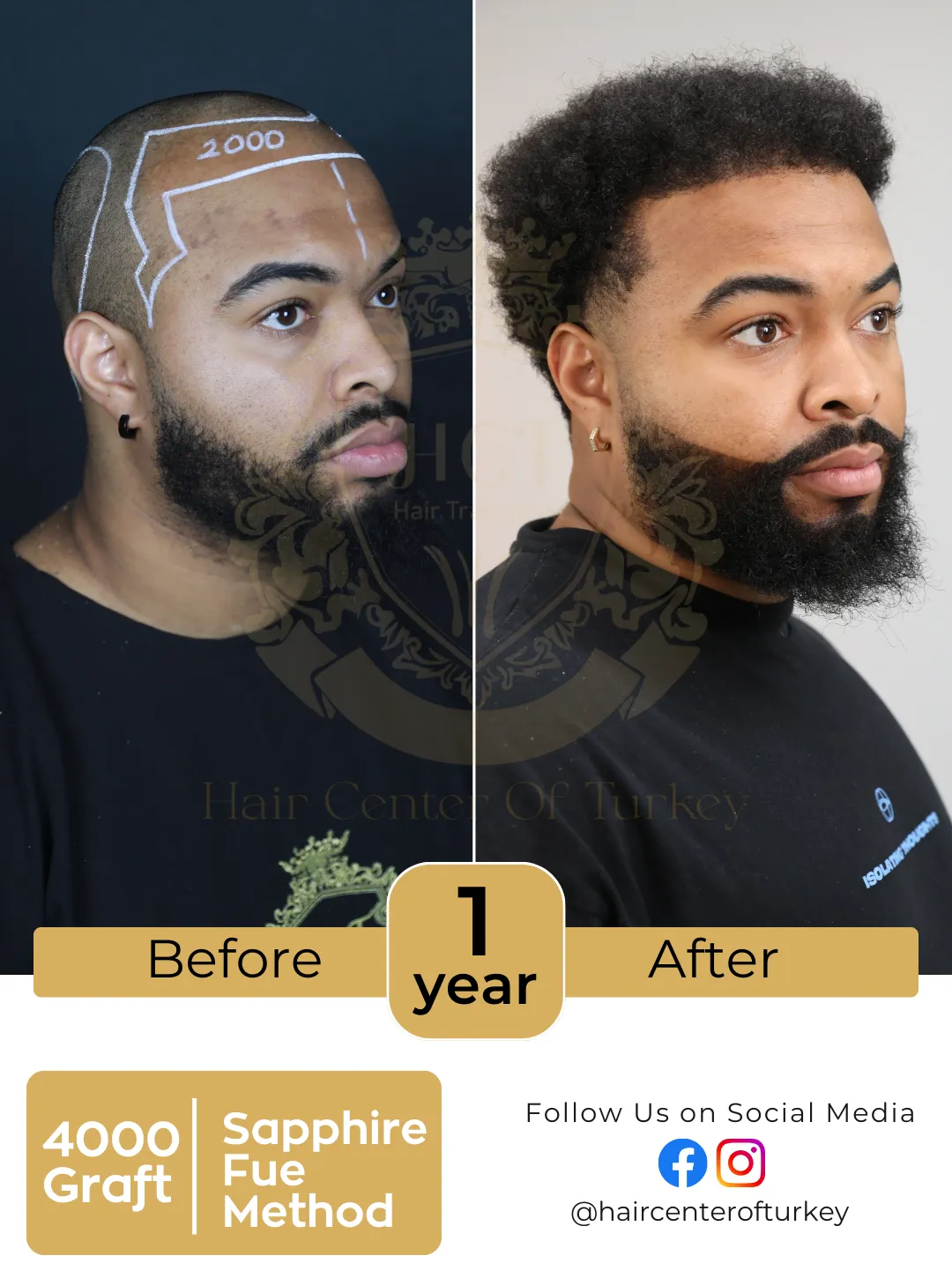
Understanding Insurance Policies and Requirements
Each insurance plan has specific rules and criteria. Patients considering coverage should:
- Review their policy documentation carefully.
- Consult with a primary care physician or dermatologist to determine if hair loss qualifies as medically necessary.
- Obtain pre-authorization from the insurance provider before scheduling any procedure.
Without these steps, most cosmetic hair restoration procedures will remain out-of-pocket expenses.
Alternative Ways to Manage Costs
For patients paying out-of-pocket, there are ways to make hair transplants more affordable:
- Financing options: Many clinics offer payment plans to spread costs over time.
- Medical tourism: Traveling to countries like Turkey can offer high-quality procedures at significantly lower prices.
- Package deals: Some clinics bundle consultations, medications, and post-op care for a reduced overall price.

Factors Affecting the Cost of a Hair Transplant
The total cost depends on several variables:
- Number of grafts needed – larger areas require more grafts, increasing the price.
- Techniques chosen – FUE, DHI, or FUT have different costs.
- Clinic reputation and location – top-tier clinics and urban centers usually charge more.
- Surgeon expertise – experienced surgeons may charge premium fees for their skill and success rate.
Conclusion
In general, hair transplants are considered cosmetic and are not covered by standard health insurance. Exceptions exist, primarily for reconstructive purposes due to trauma or medical conditions, but these are rare. Patients should thoroughly check their policy and consider alternative financing options if coverage is not available.


